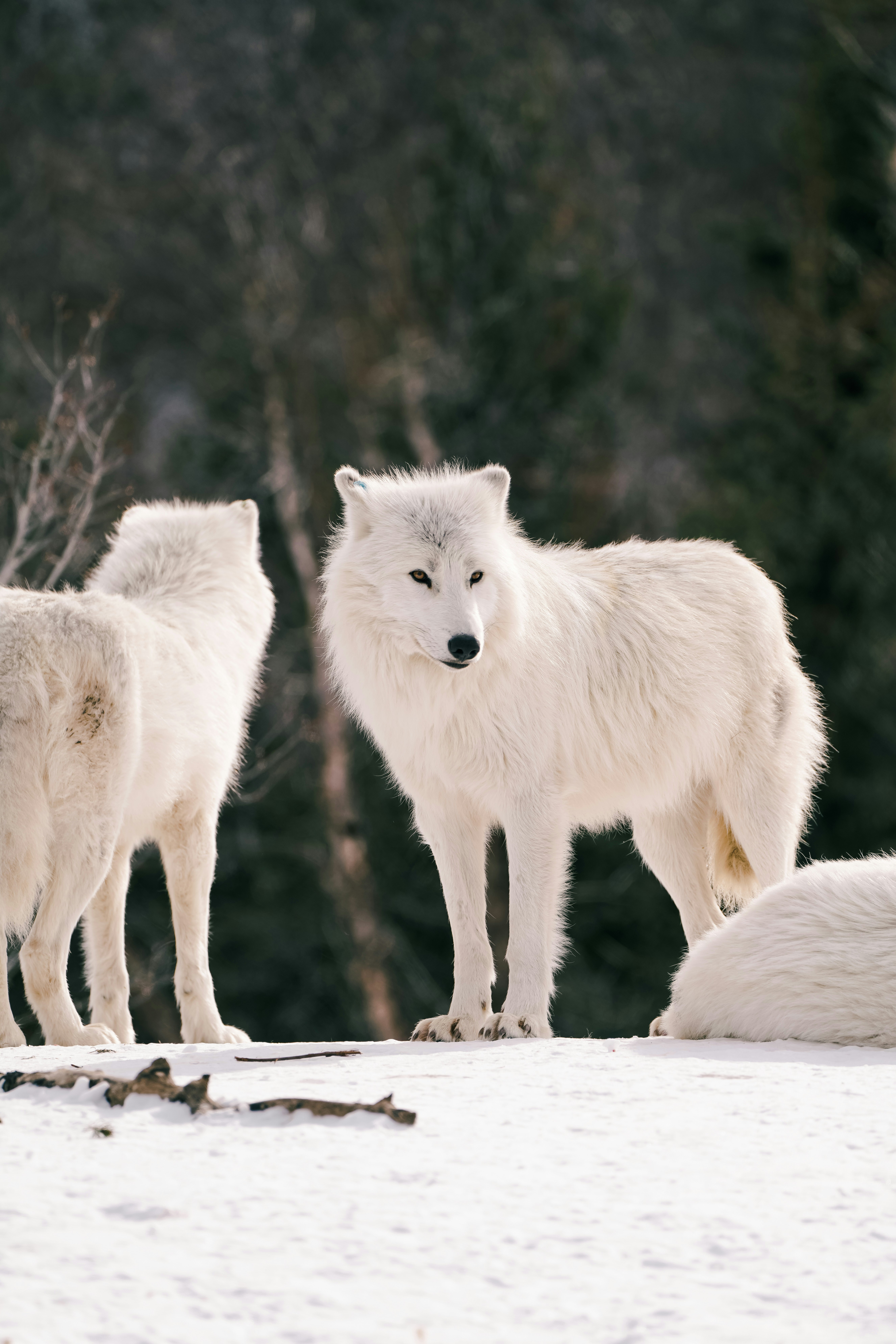In an unprecedented feat of genetic engineering, Colossal Biosciences, a biotechnology company focused on de-extinction, announced on April 7, 2025, the successful birth of three dire wolf pups: Romulus, Remus, and Khaleesi. This marks what the company calls the “world’s first de-extinction” of a species.
When Were They “Born”?
While the dire wolf ( Aenocyon dirus) originally emerged during the Late Pliocene epoch, approximately 2.5 to 3.5 million years ago, these specific pups were born more recently. Two males, Romulus and Remus, were born on October 1, 2024, and a female, Khaleesi, followed on January 30, 2025.
What’s the Significance?
The revival of the dire wolf carries significant cultural and ecological weight.
- Cultural Symbolism: Dire wolves, popularized by fiction like “Game of Thrones,” symbolize strength, courage, and a connection to the wild. For some Indigenous nations, like the Mandan, Hidatsa, and Arikara Nation, their return represents a reconnection to their ancestors and the balance of nature.
- Scientific Advancement: This achievement demonstrates the potential of Colossal Biosciences’ de-extinction technology, utilizing ancient DNA and gene-editing techniques. Scientists extracted genetic material from 13,000 and 72,000-year-old dire wolf fossils and edited the genes of gray wolves to match key dire wolf traits.
- Conservation Implications: The technologies developed for the dire wolf project could be applied to save endangered species by introducing genetic diversity into their populations. Colossal Biosciences has already paralleled this research with the birth of red wolf litters using similar techniques.
- Ecological Role: While the current pups reside in a secure ecological preserve, the long-term vision includes potentially reintroducing dire wolves to specific environments. As a large apex predator, the original dire wolf played a crucial role in its ecosystem, primarily preying on horses, bison, and ground sloths. Reintroduction could help restore ecological balance in certain areas.
It is important to note that these revived dire wolves are not exact genetic replicas of their extinct ancestors but rather hybrids with significant genetic similarities.
Where Do They Live?
Currently, the dire wolf pups live in a 2,000-acre ecological preserve in the United States. The exact location is kept confidential to ensure the animals’ safety and well-being. Historically, dire wolves roamed extensively across North and South America, with fossils found from Alaska to southern Mexico and from Canada to Venezuela, Peru, and Bolivia. This wide distribution suggests they were adaptable to various habitats, including grasslands, woodlands, and wetlands.
Are There Plans to Clone Anything Else?
Yes, Colossal Biosciences has ambitious plans to de-extinct other species. Their current projects include:
- Woolly Mammoth: Utilizing genetic material from well-preserved remains, Colossal aims to create a cold-adapted elephant with woolly mammoth traits. They have already successfully created “woolly mouse” pups as a proof of concept and are aiming for a surrogate elephant pregnancy by 2026.
- Dodo Bird: The company is also working on bringing back the flightless dodo bird, which went extinct in the 17th century due to human activity.
- Thylacine (Tasmanian Tiger): Colossal has a project to revive the thylacine, a carnivorous marsupial that went extinct in the 20th century.
Colossal Biosciences believes that their de-extinction efforts can contribute to reversing the sixth mass extinction and fostering a more sustainable future by merging the biodiversity of the past with present-day innovations.

